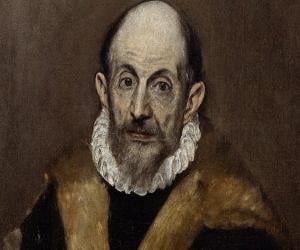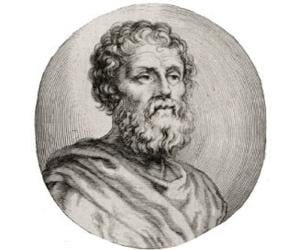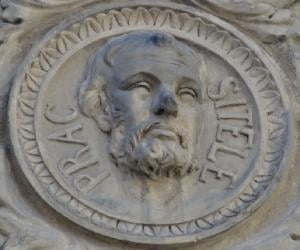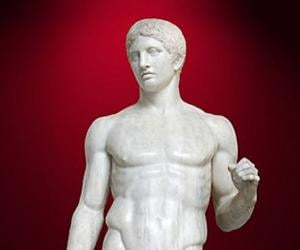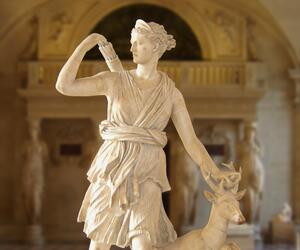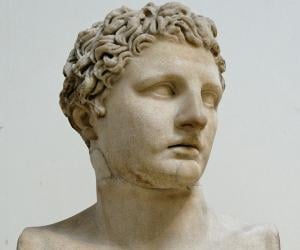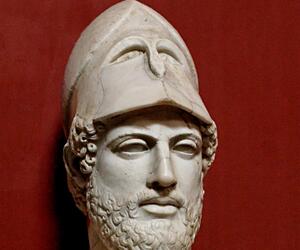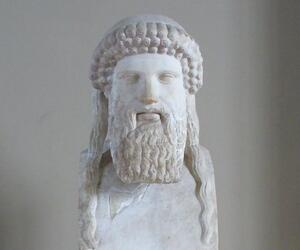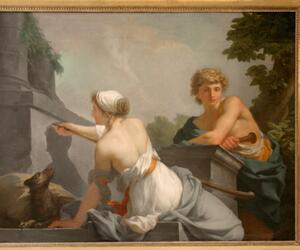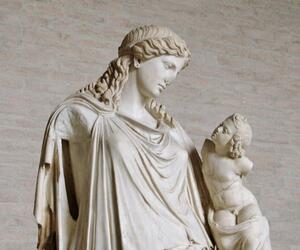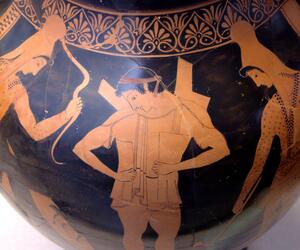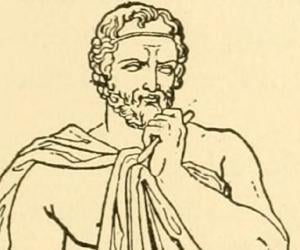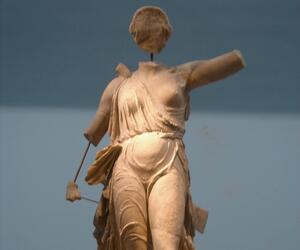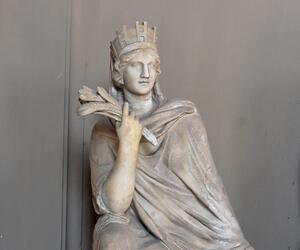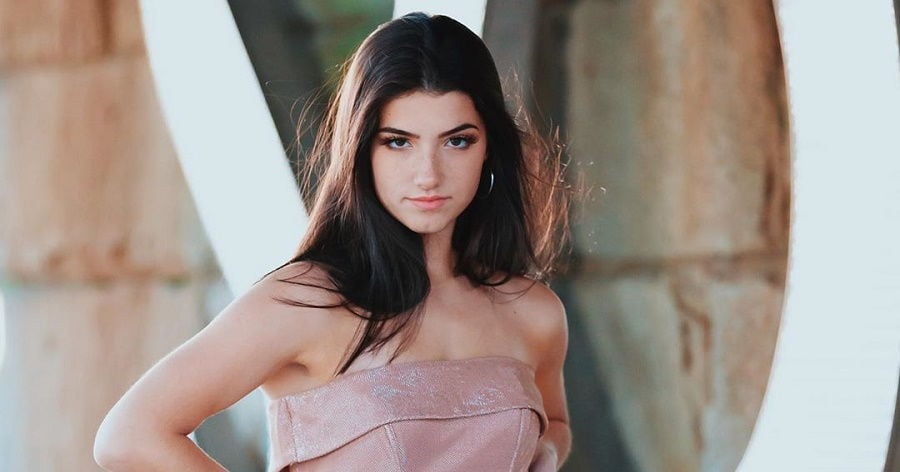1
El Greco
(Greek Painter, Sculptor and Architect of the Spanish Renaissance)
Birthdate: October 1, 1541
Sun Sign: Libra
Birthplace: Heraklion, Greece
Died: April 7, 1614
El Greco, born in modern Crete, was a prominent Greek painter, sculptor, and architect of the Spanish Renaissance. He trained in the Post-Byzantine art tradition before traveling to Venice and later Rome, where he incorporated elements of Mannerism and Venetian Renaissance into his work. Settling in Toledo, Spain, he received significant commissions and created his most famous paintings, known for their dramatic style and elongated figures. El Greco's unique artistic vision, blending Byzantine and Western painting traditions, influenced modern movements like Expressionism and Cubism.
